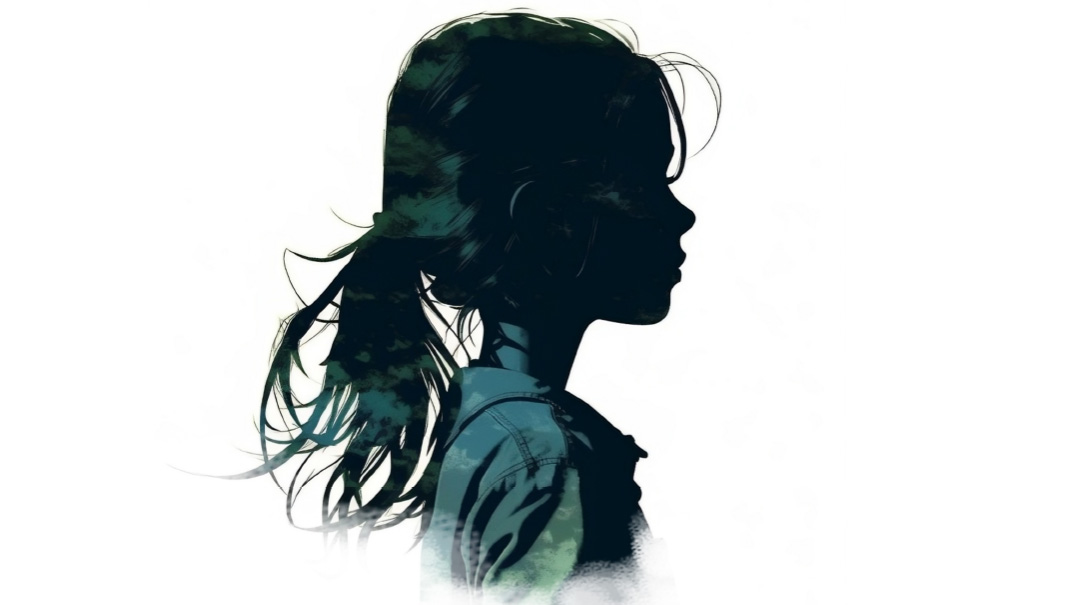Vered’s Story: Chapter 8
| December 20, 2022This was “what we do.” Frum people go to camp. We accepted this as the right thing to do

P
art of my family’s acclimation to the frum community was getting “the magazines” — Binah and Mishpacha Magazine — every week. In fact, we started getting Mishpacha around the time that Mishpacha Junior was introduced. My parents and I learned lots of things from the magazines. Especially from the ads. Like our vacuum cleaner; we got it because of an ad in Mishpacha. Frum people had special vacuum cleaners, apparently.
There were also lots of ads featuring camps. This was a new concept for us. My mother, not being American herself, had never considered sending us to a day camp. It just wasn’t something she was culturally familiar with. I, myself, had never felt a need to attend camp. But then it became another way to fit into frum culture. This was “what we do”. Frum people go to camp. We accepted this as the right thing to do.
Then we had to choose a camp. Problem was, I didn’t know that there were “types” of camps; camps for in-towners and camps for out-of-towners, camps for this type and camps for that type. Frum is frum, camp is camp. How wrong could I go? I had no idea. We settled for what seemed like a great idea: attend a brand-new camp that was just opening. My mother said, “It’s a new camp, so no one will know each other from previous years. Go by yourself; it will be an adventure, everyone will be getting to know each other.”
But, as I quickly learned, that was not the case.
I arrived in camp excited and eager. My excitement quickly turned to bafflement. Despite the newness of the camp, it seemed that the girls did know each other, and quite well, at that. Everyone had come with friends, and many of them were all from the same place. They all knew each other.
I knew no one.
One of the very first things I noticed was the alligators. It had not said anywhere in the camp manual that we had to buy shirts with alligators. I even double checked to make sure I hadn’t missed it. It was like a uniform; everyone was wearing a Lacoste shirt with a little alligator in the top corner. (Yes, that was what was in style back then!) I was confused; why hadn’t the manual mentioned that I would need this exact shirt? And how did everyone else know?
Camp was muddy and dirty. I’d brought ten outfits and thought that was plenty; the other girls there had brought 20 or 30 outfits each, and many felt that they couldn’t be seen in the same outfit twice. Okay, cue puzzlement. Why in the world not? Like, washing machines were invented for a reason, people.
But, being a young teen, when I found myself in a big mall on one of our camp trips, I bought myself a shirt. It was a Lacoste, overpriced, ridiculous shirt with an alligator in the corner, and I wore it as often as I could.
Now that I wore the “uniform” of an alligator shirt paired with a Biz skirt (yes, another must-have back then!) and side bangs, did I belong?
Lessons learned from camp included:
1) There is an unofficial and very specific dress code in camp (it wasn’t in the camp guidelines booklet; I checked).
2) You need to wear only black on Shabbos. (Why? There are so many beautiful colors!)
3) You need to have an alligator on your shirt. (That’s so weird; why pay so much for a dumb little alligator? Seriously?)
4) You need to wear a Biz skirt (a long, black, slinky skirt with an odd name).
5) You need to cut your hair so you have side bangs. (That’s what everyone did, so I went along with it, though some girls would have looked better in other styles, more suited to their looks.)
to be continued…
(Originally featured in Teen Pages, Issue 941)
Oops! We could not locate your form.


